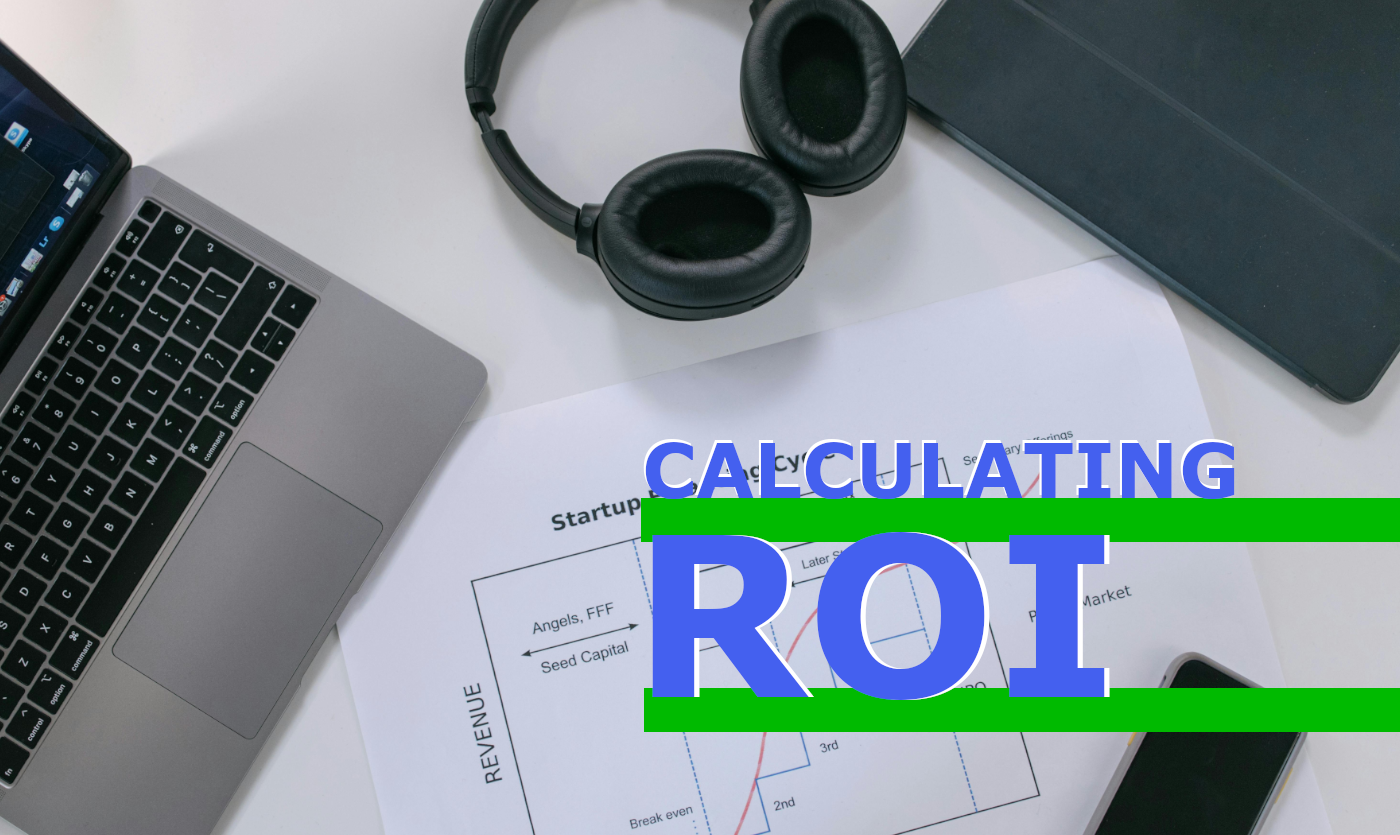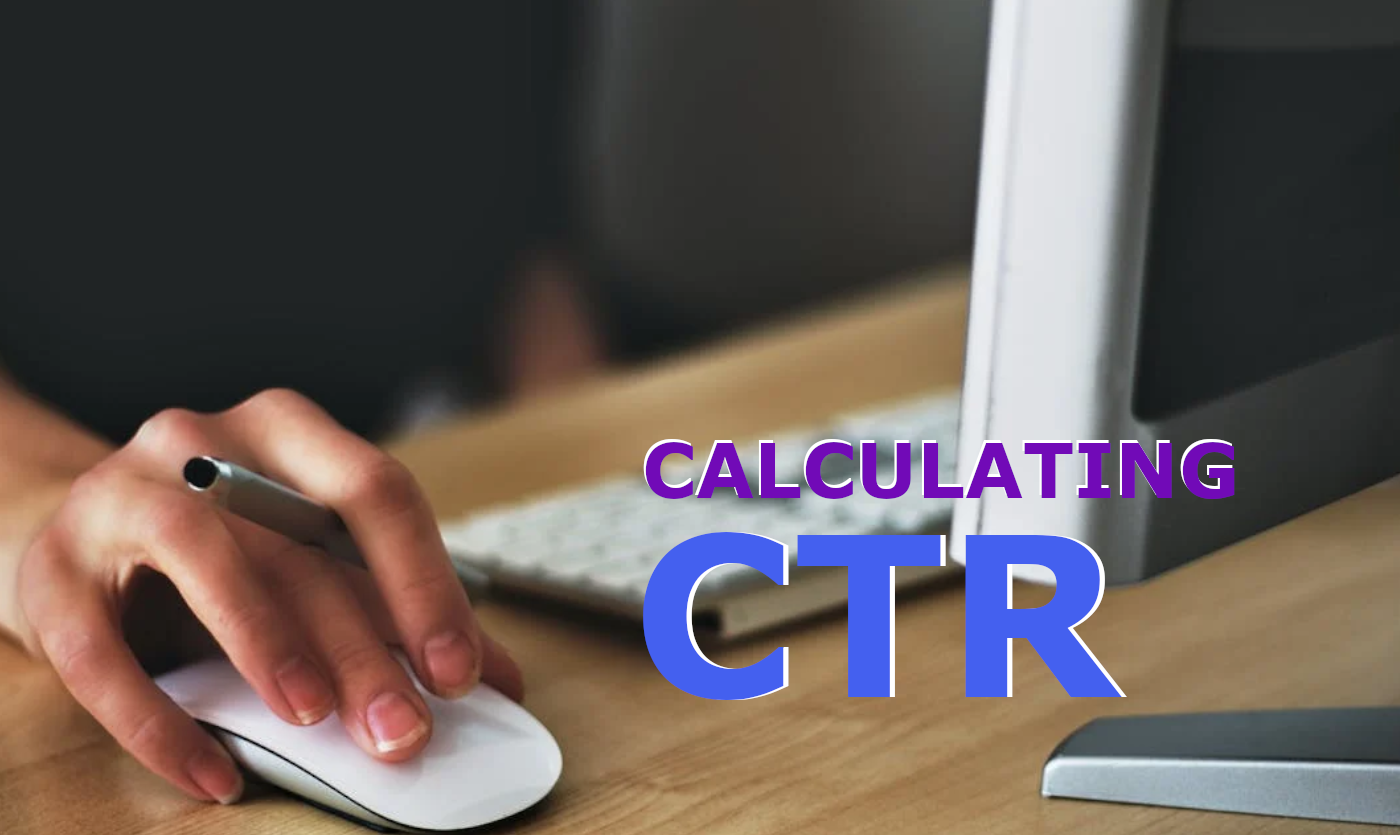How to Calculate Marketing Return on Investment (ROI)
Learn how to calculate Marketing Return on Investment (ROI) using this free marketing calculator. Return on Investment (ROI) is used by marketers to understand whether the overall business investment generated sufficient returns to justify the spend.
Definition: Marketing Return on Investment (ROI)
Marketing Return on Investment (ROI) is calculated by first taking the sum of all earned revenue associated to advertising (Attributed Sales). Be sure to include sales related to both free and paid marketing efforts – this is a key reason ROI is different from ROAS.
Next, sum all spend on marketing (Marketing Investment). This should include anything the Chief Marketing Officer’s (CMO) budget would be accountable for – or whatever rung of leadership level you’re calculating on behalf of. This might include ad spend, agencies, personnel (salary), software, contractors, creatives, office space, and anything else included in the budget. What’s included will look different for each company. The important thing is to clearly define this and use the same inclusions/exclusions consistently when trending this metric,
Finally, calculate Marketing Return on Investment (ROI) by subtracting Marketing Investment from Attributed Sales, and then, divide the result by the total Marketing Investment. A higher number is better.
Formula to Calculate Marketing Return on Investment (ROI)
To calculate Marketing Return on Investment (ROI), sum all sales that can be attributed back to the marketing being measured. (Call this Attributed Sales.)
Next, sum all expenses for the budget being measured. (Call this Marketing Investment.)
Finally, subtract Marketing Investment from Attributed Sales, and then divide the output by Marketing Investment to arrive at an ROI. It is often multiplied by 100 to represent it as a percentage figure, though sometimes it’s translated to #x (i.e. 5x ROI) or a ratio attributed sales:marketing investment (i.e. 5:1).
ROI Formula and Example
ROI = ((Attributed Sales – Marketing Investment) / Marketing Investment) * 100
Example:
400% ROI = (($100 Attributed Sales – $20 Marketing Investment) / $20 Marketing Investment) * 100
In the above example, the marketer has generated $100 in sales which can be claimed by marketing efforts, and the total expenses were $20. The $20 is subtracted first since the goal is to view the return – the extra money earned from the seed money. Since the first $20 is just recouping the original investment, that is just breaking even. Once this is done, dividing by this original investment, the marketer has generated a 4x return (400%) for the business. The brand could expect that if conditions were similar and the company spend $1 on marketing, it would generate a 4x return.
Calculator
What is a Good Marketing Return on Investment (ROI)?
A “good” ROI will vary from company to company. (If you’ve seen Marketer Speak’s other calculators, you’re likely sensing a trend.) Each business is unique, and even those which have similar offerings will typically be at different stages. The world of marketing measurement is often relatively subjective, meaning each business needs to make decisions that make sense for their situation.
That said, the generally accepted guidance for the industry is:
- < $2 – Considered barely profitable; after factoring in all business costs associated to this sale, it is unlikely to generate much profit, if any. Remember: marketing ROI is only considering marketing spend. So if, for example, a sales person was needed to close the deal, there are additional costs incurred by the business. So while marketing may have been more efficient than their spend, the revenue needs to offset all other departments by the time Finance is calculating the total business’ ROI.
- $5 – Considered excellent. This is a healthy ROI to both offset marketing costs and may even offset expenses incurred by other departments.
- $10 – Phenomenal. This is not only offsetting expenses by other departments, but it’s also likely generating a profit the business can use to invest in new initiatives.
Why is ROI Important?
Knowing how to calculate Marketing Returning on Investment (ROI) is important because it can give an indication of overall marketing performance. However, it’s not an end-all-be-all number.
Each business should be intentional about how and why their utilizing this KPI. This will provide guidance and naturally make it easier to make decisions on how to go about calculating it.
For instance, a business struggling to define how many employees are necessary might calculate expenses including headcount. This would give a more complete picture of the CMO’s department costs to the business. However, a Marketing Operations Director may only care about software and contractor costs when calculating ROI for their subset of the team.
In this manner, ROI can be flexible. That’s why it’s so important to be intentional. If the Marketing Operations Director isn’t responsible for the costs of their team’s headcount, they might not even be privy to that information as salary/benefits can sometimes be protected data. However, tracking the known expenses consistently in the same manner can help establish a benchmark. Sure – salary may be missing, but if ROI is usually 4x and now it’s 3x, that can still indicate trouble is brewing.
In the end, ROI is a macro-view KPI. It’s meant to give the high-level pulse check on this business, but it’s most helpful when other indicators are being used to provide micro-calibrations across the business. (For instance, using ROAS to calibrate paid ad spend performance.)
Like any other metric, ROI is a guide, and it should be treated with a healthy balance of objectivity and perspective.




